
From Publishers Weekly
Starred Review. Some things never change. And as Fletcher (Sober for Good) finds in this bold report on 15 rehab facilities—from high-end, celebrity-friendly outposts to those treating people on welfare—that fact especially pertains to addiction treatment. Collecting stories from more than 100 interviews, Fletcher methodically dissects the myths about the programs that treat 2.5 million people every year. She finds, for example, that rehab isn’t necessary for recovery—some heal on their own, attend self-help groups, or see therapists; that most of the treatment in rehab programs is handled not by highly trained pros but by counselors with varying levels of education and training. She debunks myths, such as that the 12 steps of Alcoholics Anonymous are essential for recovery. Fletcher concludes that traditional programs, such as group treatment, 12 step programs, and counseling, work for some but not for all. Dimitri, for instance, began abusing drugs at 15 and cycled in and out of programs that failed to help him. Fletcher also highlights the exorbitant cost of rehab: one young woman’s treatment drained her parents of ,000. Fletcher presents what works, why, where to find it, and how much it costs. It’s startling, difficult, and important information for those traveling toward recovery, and anyone who wants to help. (Feb.)
*Starred Review* Health writer Fletcher adopts a cautious, even skeptical approach in her exploration of current treatments of substance abuse. She warns that her book “is filled with disturbing accounts of seriously addicted people getting very limited care at exhaustive costs and with uncertain results.” Indeed, her portrait of contemporary addiction treatment incorporates numerous stories of individuals who’ve undergone treatment, opinions and commentary from experts in the field, and her own visits to 15 different rehab programs. More than 13,000 addiction treatment programs—outpatient, residential, and hospital inpatient—operate in the U.S. Dropout rates and the frequency of one-year relapses are high. One expert laments, “When it comes to picking a rehab, most people ask more questions before buying a vacuum.” Fletcher has no such bashfulness and provides answers to fundamental questions: How much does it cost? How long does it last? What do people actually do there? She concludes that no particular treatment of substance abuse is superior to others for most individuals. Flexibility—as opposed to a “one-size-fits-all” approach—matters most. One authority on addiction agrees: “There are as many roads to recovery as there are individuals.” Inside Rehab is a valuable road map for navigating the multiple pathways and programs dealing with the problem of substance abuse. –Tony Miksanek


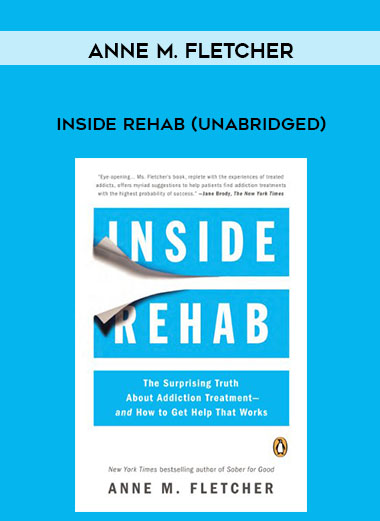
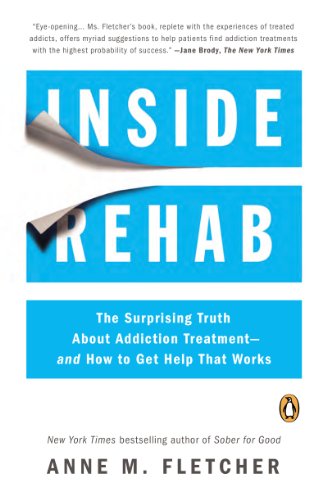

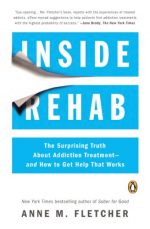







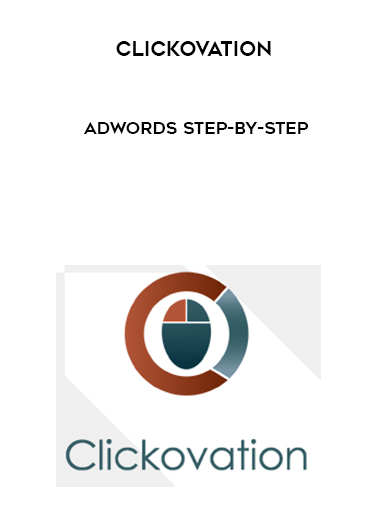
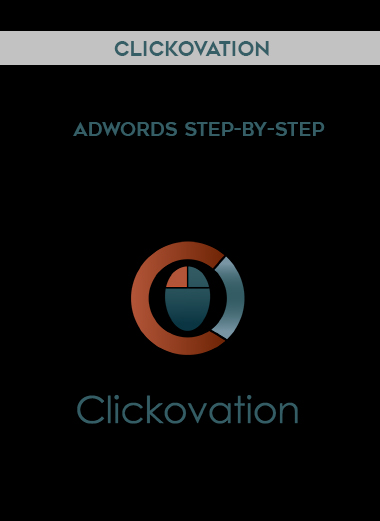


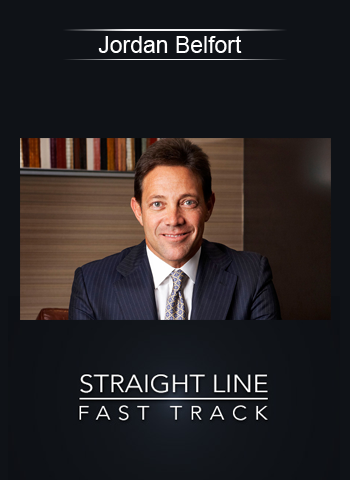
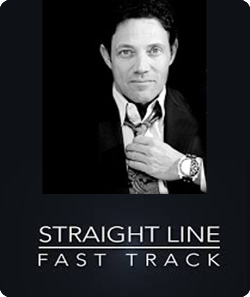

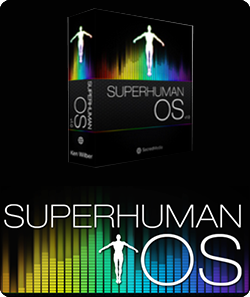














Reviews
There are no reviews yet.